Is your Christmas orchid already drooping? Don’t despair.
According to orchid expert Arnau Ribera Tort, of the Royal Botanic Gardens, Kew, common varieties like moth and bamboo orchids are surprisingly easy to care for.
Often, a simple change of location, watering routine, or light exposure can revive a struggling plant.
As Kew holds its annual orchid festival, showcasing the biodiversity of Peru, Tort, who helps curate Kew’s extensive orchid collection, offers invaluable advice for choosing and maintaining the perfect orchid for your home.
He emphasises understanding the specific needs of each variety, as factors like light, water, and placement play crucial roles in their survival.
What should I consider when choosing an orchid?
Start by looking for vibrant leaves and firm roots – signs that the plant is healthy, he advises.
“Phalaenopsis (moth orchids) and dendrobium (bamboo orchids) are both great choices for beginners due to their hardiness and relatively simple care.
“Consider the type of orchid flower you prefer and the plant’s basic requirements of moderate, indirect light and proper watering schedules. Water once the plant dries out and keep it drier in winter. A healthy orchid can reward you with months of beautiful blooms every year if it is cared for properly.”
What should I grow them in?
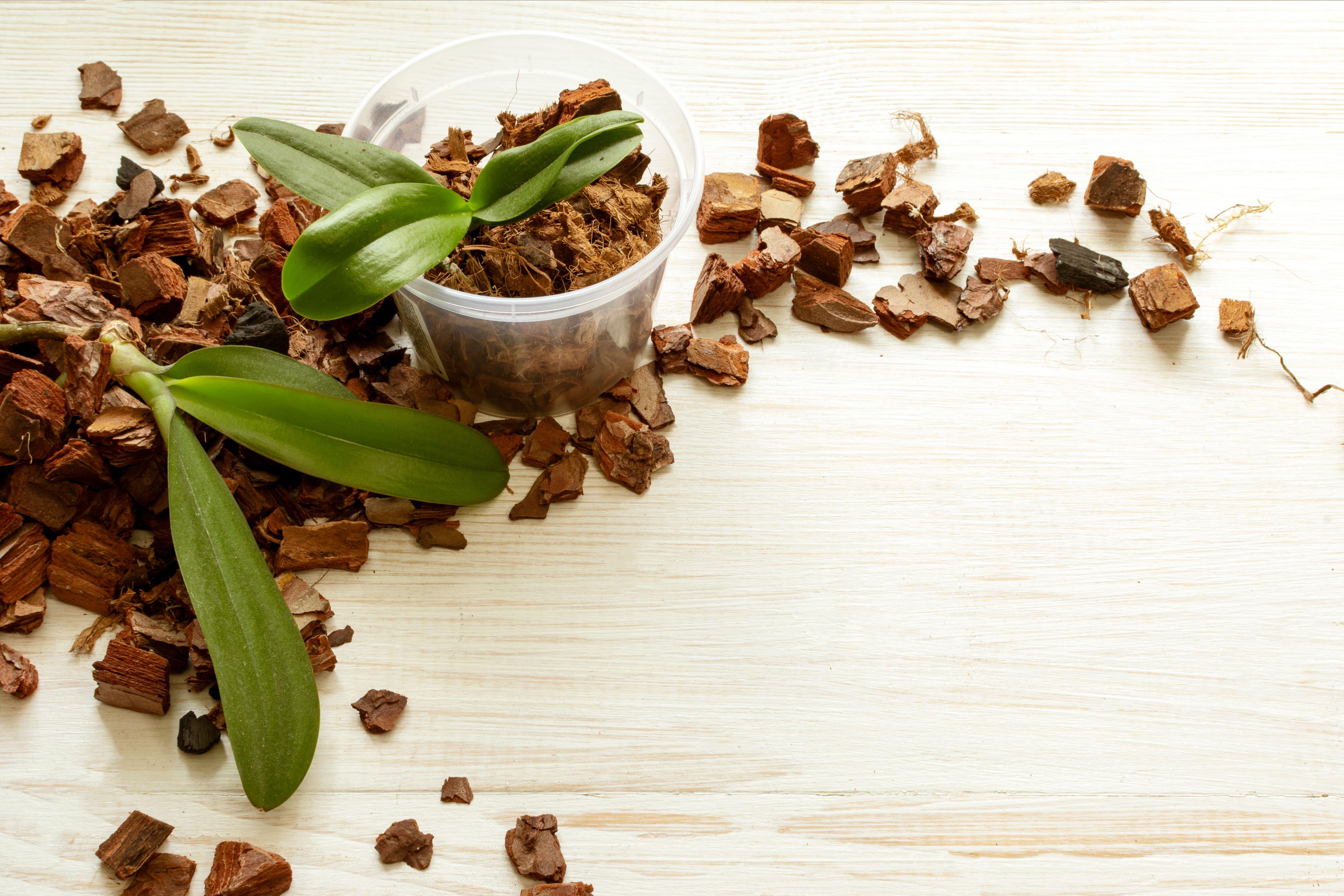
What sets orchids apart from other plant groups is that most commercial ones are naturally epiphytes, growing on trees in their natural habitats and using them for support rather than taking nutrients from the soil, he explains.
“As a result, their growing medium doesn’t resemble regular soil but instead consists of chunky bark or similar materials.”
What will kill an orchid?
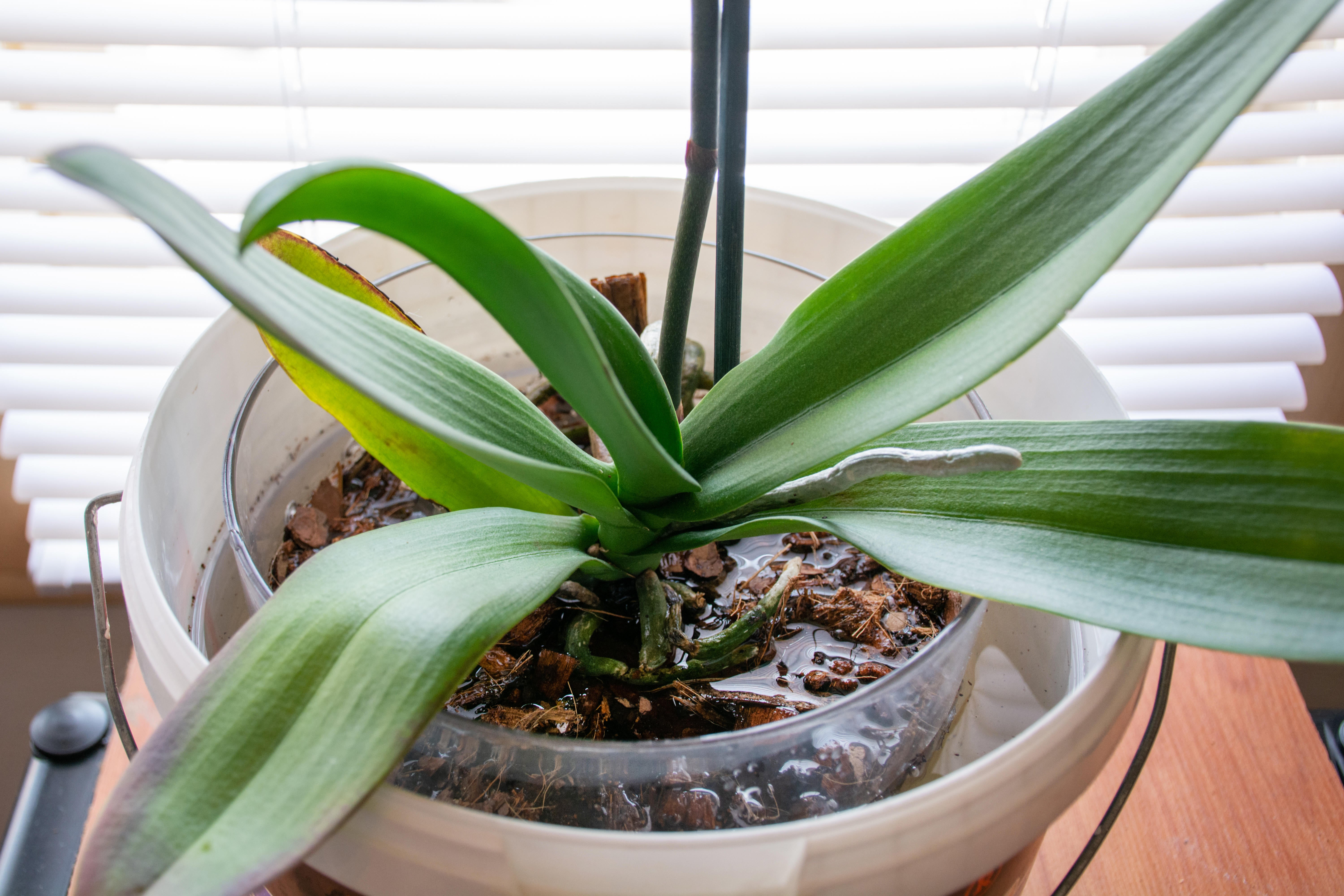
“Overwatering is the most common cause of death for house orchids, so it’s important to water only once the medium has dried out. In winter, reduce watering for moth orchids, and especially for bamboo orchids, as they require a dry season during this period,” he says.
Are some are more suited to a bathroom?
Bathrooms can provide a more humid environment, making them great spots for growing orchids. However, they may lack enough light, so consider this when choosing a spot, he advises.
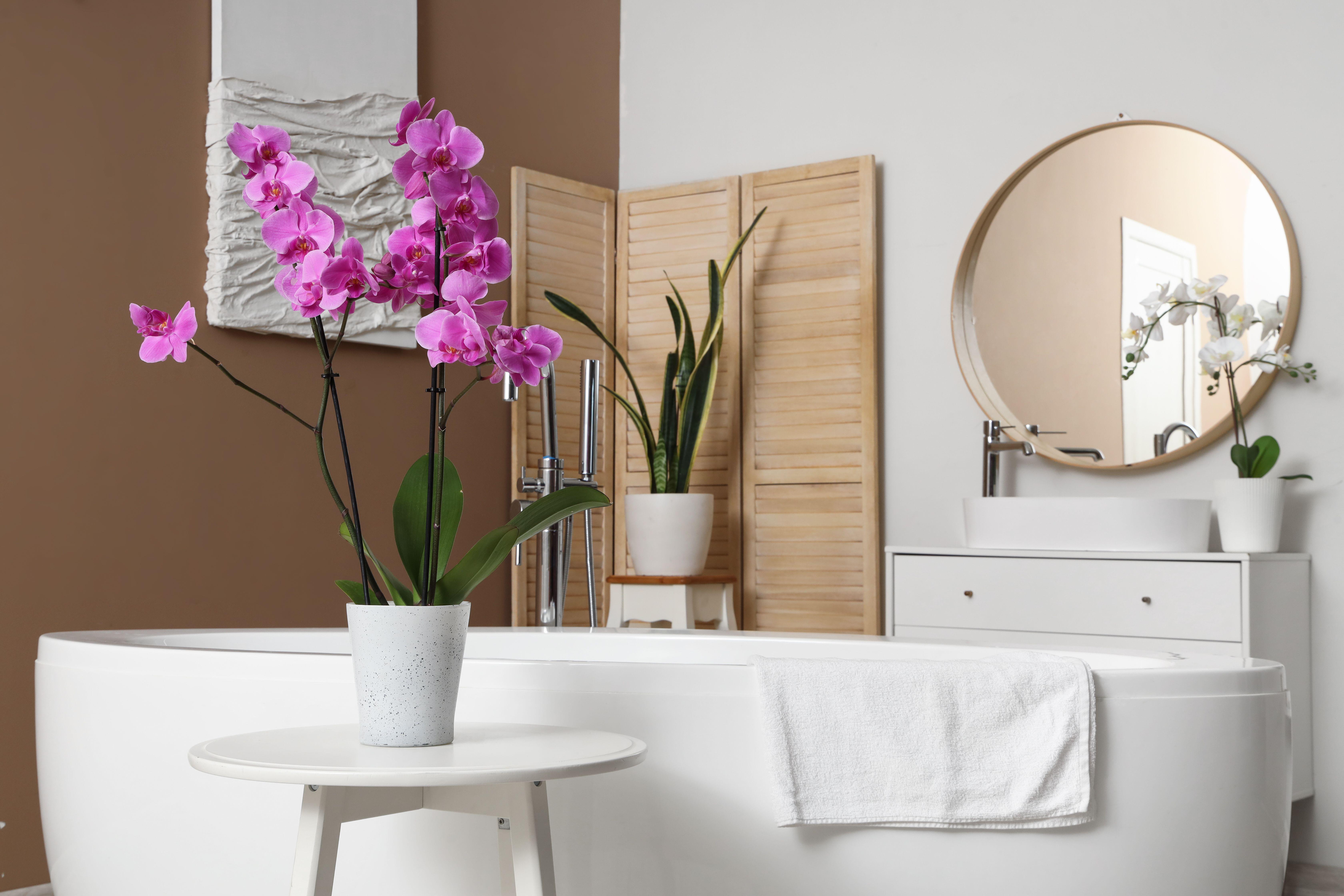
“The jewel orchid (Ludisia discolor) has stunning foliage and can be a great addition to a bathroom. It thrives in slightly lower light conditions and benefits from the increased humidity that bathrooms offer.
“Moth and bamboo orchids are well-suited to regular indoor windowsills, where they can enjoy brighter light conditions. They can also thrive in a bathroom if sufficient light is available.”
How can I progress to rare orchids?
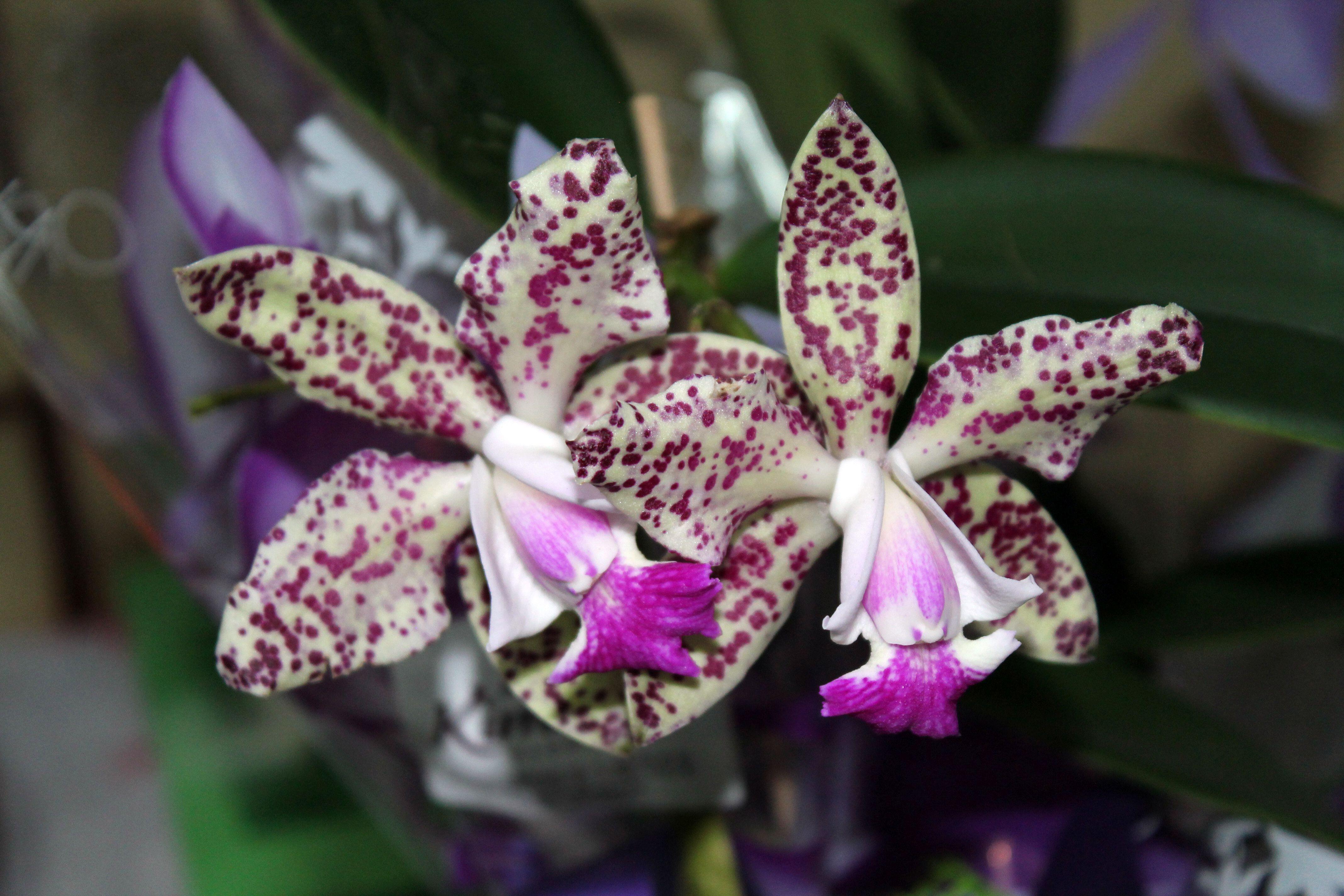
“Once you’ve successfully grown phalaenopsis or dendrobium, you can move on to something a bit more challenging, like a cattleya hybrid or even a botanical species – sometimes sold at plant shows.”
Do orchids look better as stand-alone specimens or in a display?

Single orchids are generally easier to care for on a windowsill and often work well as standalone plants, he says.
However, plant displays in the form of terrariums are becoming increasingly popular and can be an excellent way to recreate a slice of rainforest at home.
Since many orchid species are small, terrariums are often used to display several orchids alongside other tropical plants, such as ferns, climbers, or begonias. These displays can serve as stunning living works of art for your home.
What season do orchids look their best?
Although shops sell orchids in bloom throughout the year, many commercially available orchids naturally begin their flowering cycle in our latitudes when cooler winter nights set in.
Moth orchids typically start producing flower spikes around November or December, with blooms opening at some point during winter. Bamboo orchids are similar, often flowering in winter or early spring. Both groups show off their best displays during these cooler months, rewarding you with vibrant, long-lasting blooms that brighten the season.
How can I revive an ailing orchid?
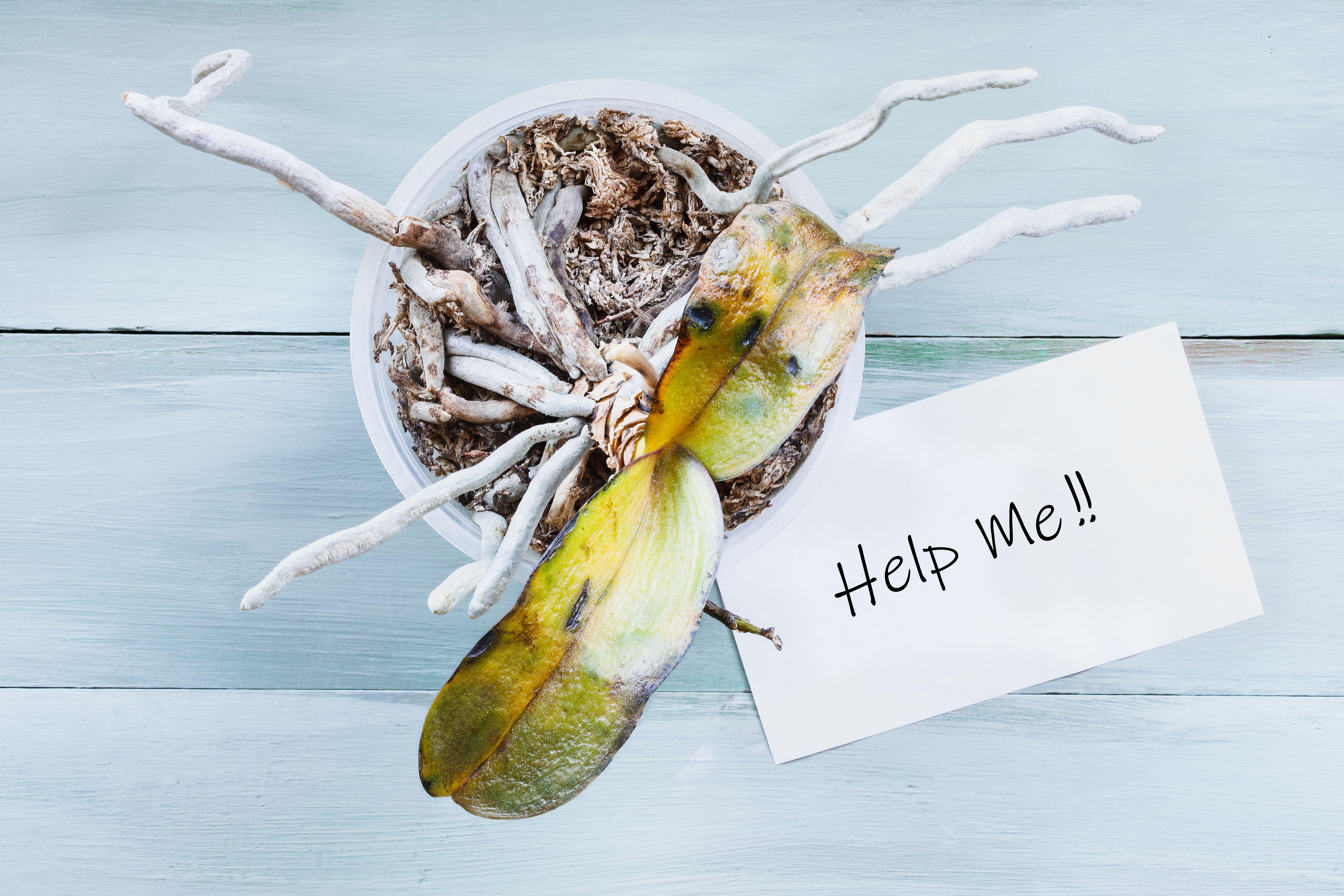
If an orchid loses its root system due to overwatering, you can take it out of the pot and place it in a propagator on slightly moistened sphagnum moss.
Be mindful of the propagator’s temperature if it sits next to a window and watch out for condensation dripping onto the leaves. High humidity will help prevent the plant from dehydrating, and it should eventually grow new roots, he advises.
“Another common problem is crown rot. If water remains on the crown – the centre of the plant – it can lead to rot. Saving orchids with existing crown rot can be difficult, though some may produce a new plant (a ‘keiki’) from their base. If the rot progresses slowly, the keiki may grow large enough to be separated and repotted on its own,” he says.
Keep in mind that orchids are slow growers, so it will take time, patience and proper care to help the plant recover and bloom again.
Kew Orchid Festival runs at Royal Botanic Gardens, Kew, from Saturday, February 1 to Sunday, March 2.










